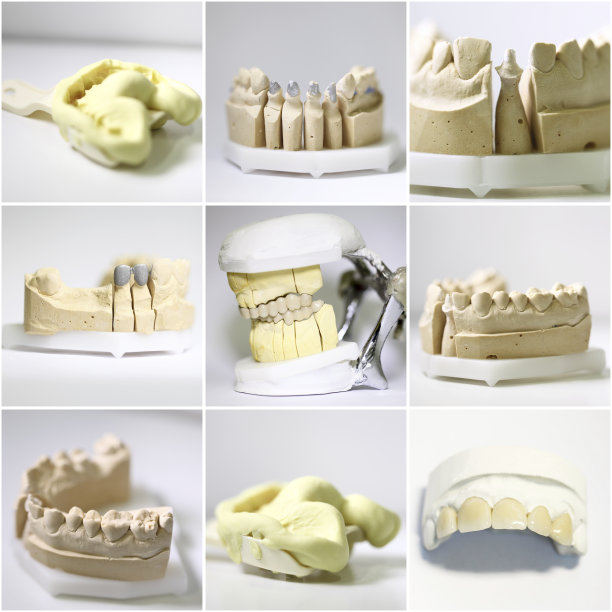Essential Guidelines to Ensure Safety and Success During Root Canal Treatment for Patients and Dentists
Summary: Root canal treatments are essential procedures in modern dentistry that can save infected teeth and alleviate pain. However, ensuring safety and success during these treatments is a collaborative effort between dentists and patients. This article outlines four essential guidelines: effective communication, thorough pre-treatment assessment, maintaining a sterile environment, and employing post-treatment care. Each section provides insights into best practices that can enhance the comfort and outcomes of the procedure. By closely adhering to these guidelines, both patients and dentists can significantly improve the safety and success rate of root canal treatment.
1. Effective Communication Between Patients and Dentists

Effective communication is paramount in achieving successful outcomes during root canal treatments. Patients should feel comfortable expressing their concerns and symptoms clearly. Dentists, in turn, should ensure that they listen actively and empathetically. This two-way dialogue helps establish trust and enables the dentist to tailor the treatment plan to the specific needs of the patient.
Furthermore, patients should inquire about the procedure, understanding the steps involved and what to expect. Dentists should take the time to explain the reasons behind each step, alleviating any fears and anxieties that patients may have. An informed patient is more likely to follow post-treatment care instructions diligently, which is crucial for recovery.
2. Thorough Pre-treatment Assessment Is Vital
Before commencing root canal treatment, a thorough pre-treatment assessment is crucial. Dentists must perform a detailed examination, including radiographs, to evaluate the extent of the infection and determine the complexity of the root canals involved. This initial assessment helps identify any potential complications that might arise during the procedure.
Additionally, collecting the patients medical history is essential. Understanding a patients medical background can highlight any underlying conditions that may affect the treatment, such as diabetes or cardiovascular issues. This knowledge allows for a more personalized approach to care, ensuring all necessary precautions are taken.
3. Maintaining a Sterile Environment Is Crucial
Maintaining a sterile environment during root canal treatments is fundamental to prevent postoperative infections. Dentists must adhere to strict infection control protocols, including the use of sterilized instruments, gloves, masks, and gowns. These practices minimize the risk of contamination, ensuring a safe treatment experience for the patient.
Additionally, the work area should be meticulously cleaned and disinfected before and after each procedure. This creates a safe treatment space and sets a professional standard that fosters patient confidence in the dental practice.
4. Importance of Post-treatment Care for Recovery
Post-treatment care is vital for recovery and the success of root canal therapy. Dentists should provide comprehensive aftercare instructions, including medication usage, dietary recommendations, and activity limitations. Clear guidance allows patients to manage their recovery process effectively, minimizing complications.
Patients should be encouraged to reach out to their dentists with any concerns or unusual symptoms following the treatment. Open lines of communication ensure that any potential issues can be addressed promptly, preventing them from escalating into more significant problems.
Summary: In conclusion, ensuring safety and success during root canal treatments is a multifaceted process that involves effective communication, thorough pre-treatment assessment, maintaining a sterile environment, and diligent post-treatment care. By focusing on these essential guidelines, both patients and dentists can work together to achieve optimal outcomes, resulting in healthier smiles and enhanced patient satisfaction. This article is compiled by Vickong Dental and the content is for reference only.


